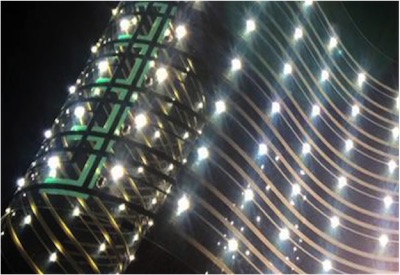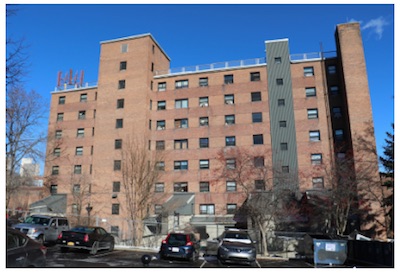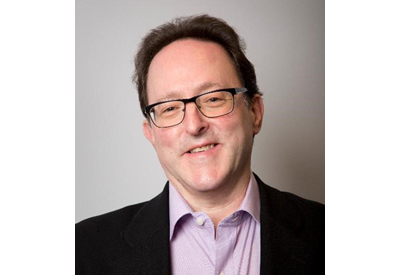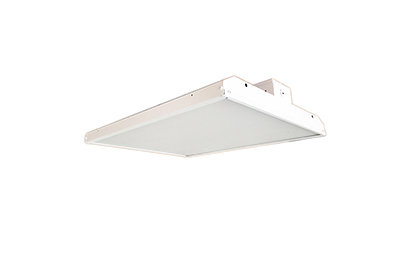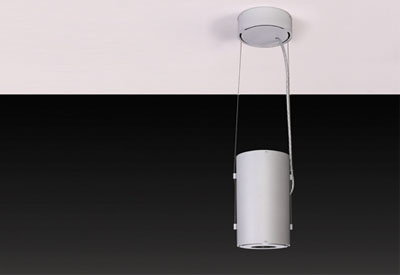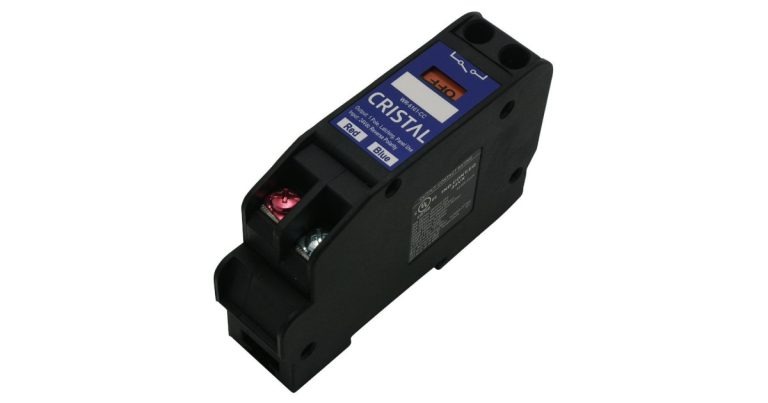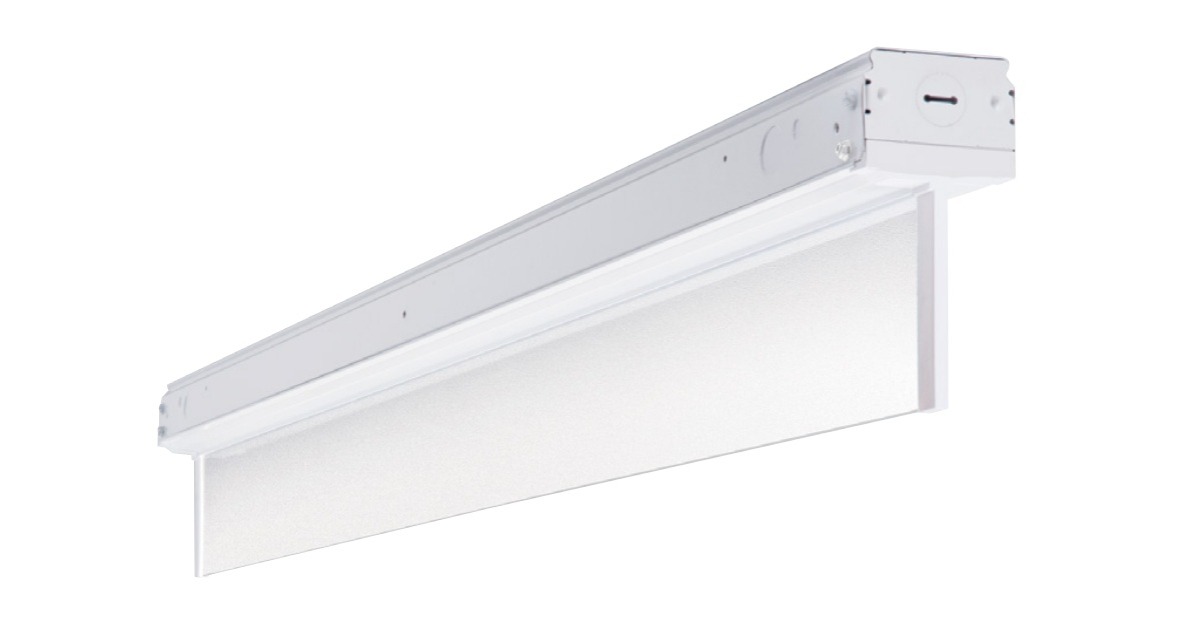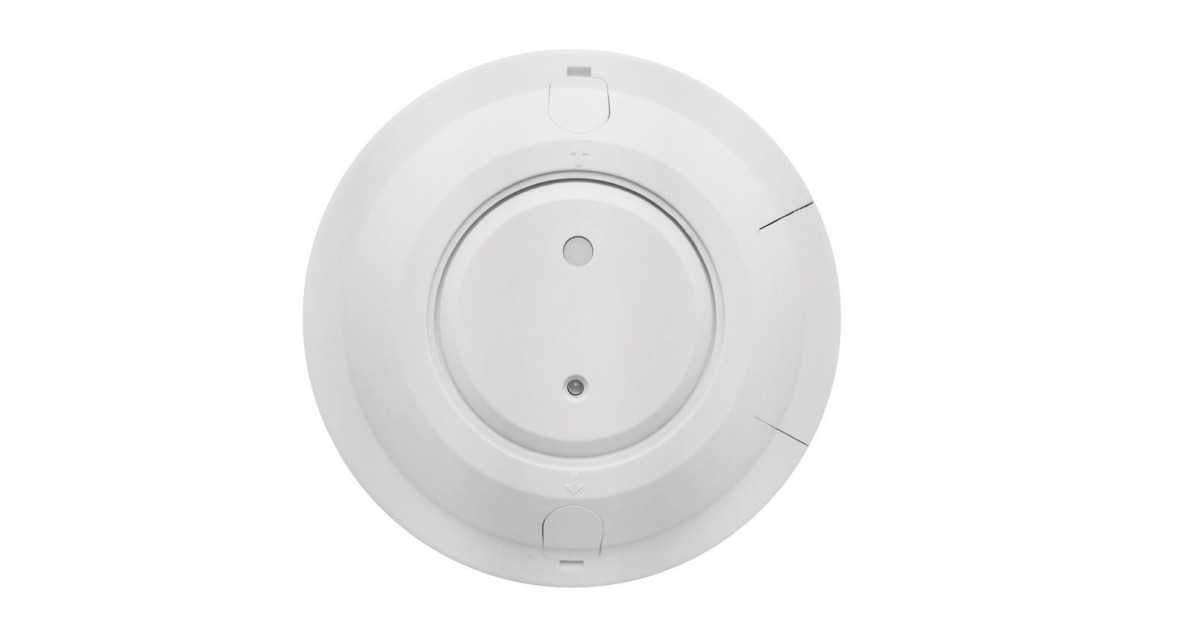A Short History of Safety Norms For LEDs
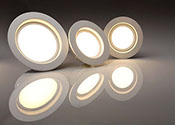
November 8, 2016
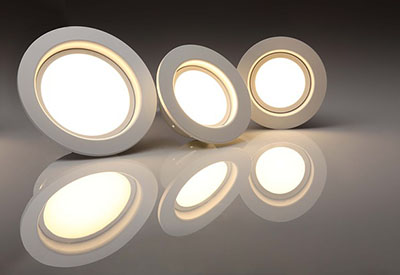 By Fausto Martin
By Fausto Martin
What came first: the chicken or the egg? In technical files the answer is simple: first comes the product, then the standard. In 1993, when Nichia introduced the blue LED (based on GaN), the issue of photo biological safety was taken into consideration. The International Electrotechnical Commission (IEC) decided to include LEDs in the laser product category and related norms (IEC 60825). This decision was based on the use of infrared LED in the fibre communication system due to its very narrow band.
A few years later — 1996 — IESNA published ANSI/IESNA RP27.1, “Photobiological safety for lamps and lamp systems – general requirements,” providing some norms for sources other than laser.
In 2002, the International Commission on Illumination adopted the main part of ANSI/IESNA RP27.1 as the basis for a new norm S009/E-2002: “Photobiological safety of lamps and lamp systems”; four years later the fast improvement and diffusion of LEDs in other fields led the IEC to draft the 60825, a very severe Norm for “general purpose” LED. From now on, LEDs are no longer considered as a LASER equivalent source.
Around 2006 IEC adopted the guidelines specified in S009/E-2002 jointly with IEC 62471:2006 “Photobiological safety of lamps and lamp systems;” two years later the European edition of EN 62471 was published. It provides guidance for evaluating the photobiological safety of lamps and lamp systems, including luminaires. It specifies the exposure limits, reference measurement technique and classification scheme for evaluating and controlling photobiological hazards from all electrically powered incoherent broadband sources of optical radiation, including LEDs but excluding lasers, in the wavelength range from 200 nm through 3000 nm. In particular, some limit values are specified based on six risk categories for human skin and eyes up to 8 hours of exposition, considered as a standard working time.
Photobiological safety of lamps: EN 62471
Light radiation can damage the skin and eyes. Any light source can cause damage, not just LEDs. European legislation obliges manufacturers to perform laboratory tests and writing on the lamp the risk category (if present). More, the emission limits shall not be exceeded. Test to run, risk classes and emission limits are defined in EN 62471. The tests and emission limits are not easy to understand because they require specific technical knowledge and only experts and equipped laboratories can assess the lamp hazards. What we can do is to understand the hazard of the various classes and if there are “risk free” lamps.

The potential damage from the light varies with the radiation wavelength and the quantity received. The quantity is given by the power for the exposure time. Intense radiation requires less time to cause damage at a lesser intensity.
Here’s an example to clarify the context: you can get sunburned if exposed for one hour on July 21 at noon, whereas you would require eight hours of exposure in March.
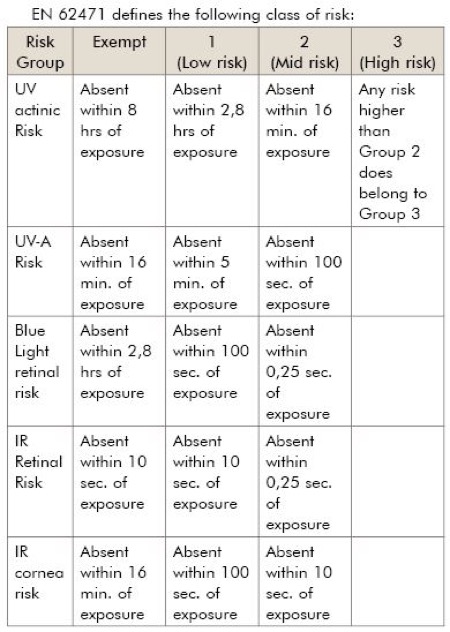
The radiance and irradiance measurements are carried out at the distance at which it produces an illuminance of 500 lux and to not less than 200 mm in the case of general lighting devices and 200 mm for all others.
EN 62471 defines the following the exposure limits for the different groups…
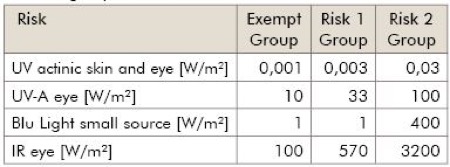
Lamps belonging to Group 3 cannot be used for general lighting.
According to the typical spectral emission, just a few lamps may be dangerous:

In these cases, the lamps must bear on the packaging the risk group.
With regard to blue light, whereas the values stated above it is possible to define a value of the illumination (at the level of the eyes) as a function of the colour temperature (CCT) of the lamp, under which the exposure is equal to or less than the group 1:
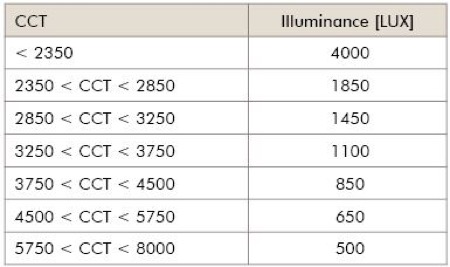
In the chart above, a higher colour temperature (CCT) is related to a higher power in the blue wavelength. In other words, the risk can be simply checked by a measurement of illuminance with a cheap and easy to use instrument: a lux meter.
Fausto Martin is an electrical engineer in Italy and a visiting professor at Madrid University (Spain).

